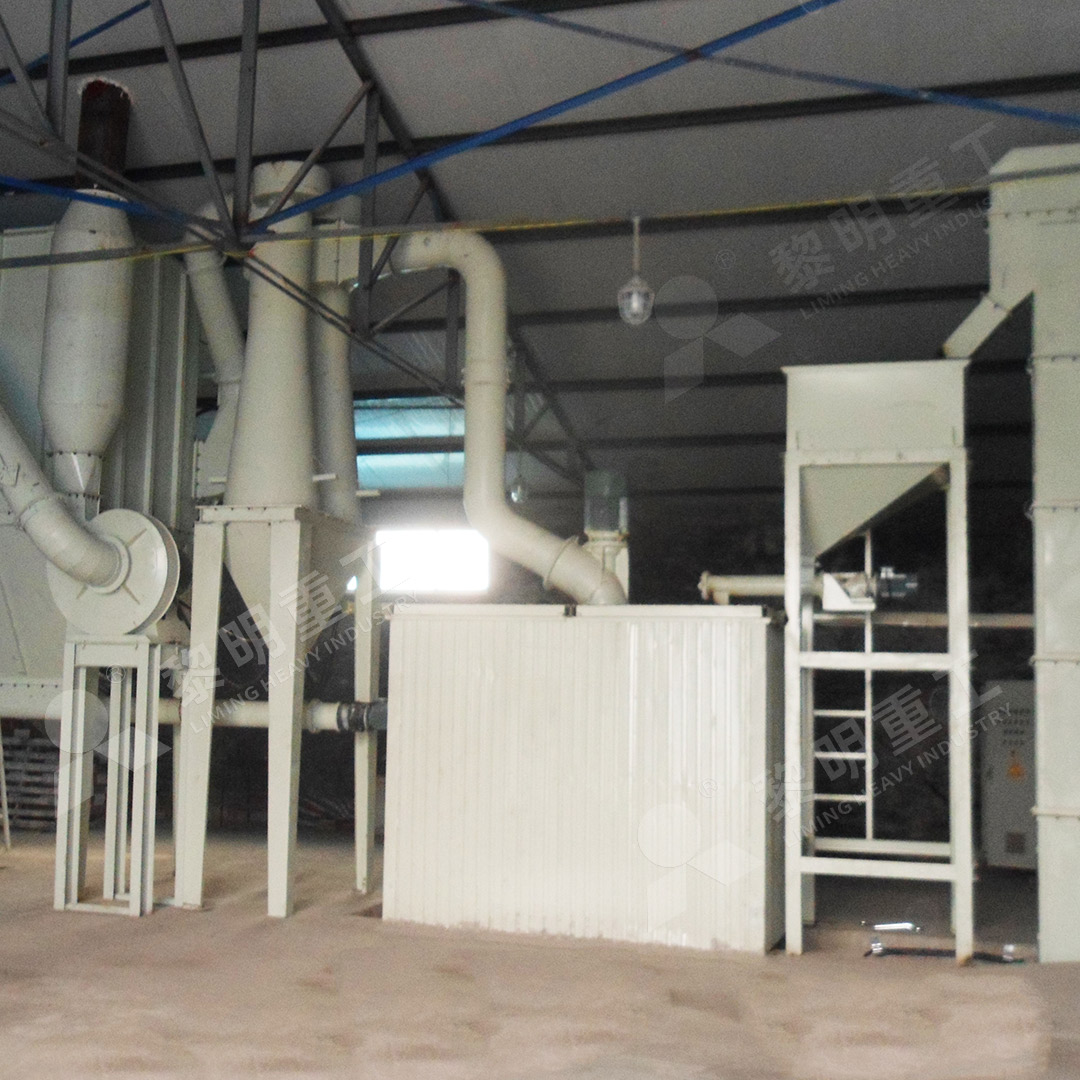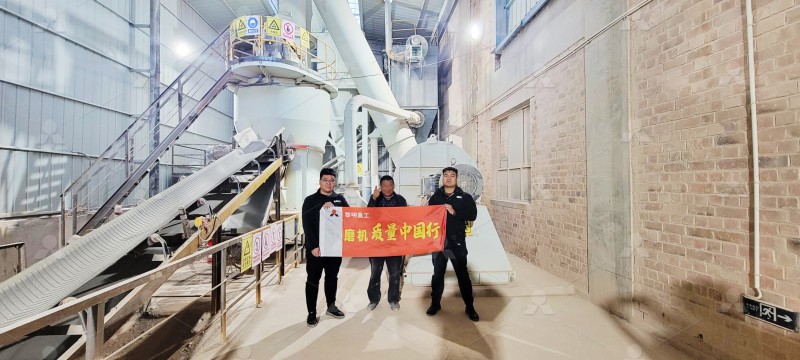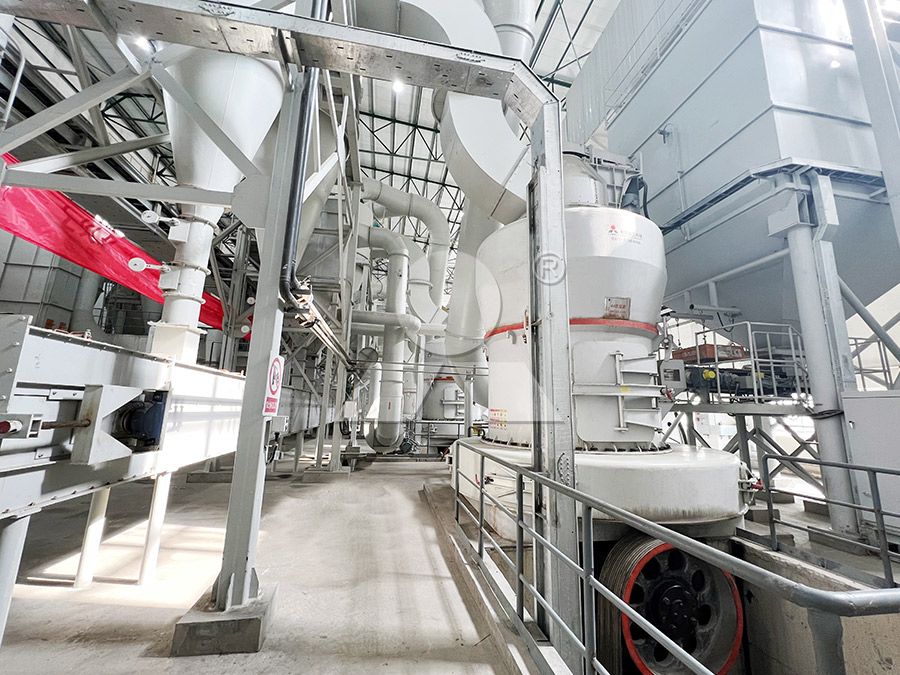Cement Clinker Grinding Plant Cost – Cement Clinker Mill Production Line
Cement Clinker Grinding Plant Cost – Cement Clinker Mill Production Line
Establishing a cement clinker grinding plant requires careful consideration of both capital expenditure and operational efficiency. The heart of any grinding facility lies in its milling technology, which directly impacts production costs, product quality, and long-term profitability. Modern grinding solutions have evolved significantly from traditional ball mills to more sophisticated, energy-efficient systems that offer superior control over particle size distribution and reduced environmental impact.
The total cost of a cement clinker grinding plant encompasses equipment procurement, installation, energy consumption, maintenance, and spare parts inventory. While initial investment is important, the operational costs over the plant’s lifetime often represent the more significant financial consideration. This is where selecting the right grinding technology becomes critical to achieving a favorable return on investment.

Advanced Grinding Technologies for Cost Optimization
Contemporary grinding mills have revolutionized cement production through innovative designs that maximize efficiency while minimizing operational expenses. The key to reducing cement clinker grinding plant cost lies in selecting equipment that offers higher throughput with lower specific energy consumption, reduced maintenance requirements, and longer operational lifespans.
For operations requiring ultra-fine powder production with precise particle size control, the MW Ultrafine Grinding Mill presents an exceptional solution. This advanced mill processes materials with input sizes of 0-20 mm and capacities ranging from 0.5 to 25 tph, making it ideal for specialized cement applications where superior fineness is required. The MW series achieves remarkable energy efficiency, with production capacity 40% higher than jet grinding mills and yield twice as large as traditional ball mills, while consuming only 30% of the energy of jet grinding systems.
Key Considerations for Production Line Configuration
When planning a cement clinker production line, several factors influence both the initial setup cost and long-term operational economics. These include the raw material characteristics, desired product specifications, production capacity requirements, and environmental compliance needs. A well-designed grinding circuit should integrate seamlessly with other processing stages, from raw material preparation to finished product storage and dispatch.
The MW Ultrafine Grinding Mill incorporates several innovative features that directly address common operational challenges in cement grinding. Its cage-type powder selector, employing German technology, enables precise fineness adjustment between 325-2500 meshes with screening rates achieving d97≤5μm in a single pass. The elimination of rolling bearings and screws in the grinding chamber eliminates concerns about bearing damage or loose fasteners causing operational disruptions.

Environmental Compliance and Operational Stability
Modern cement plants must adhere to increasingly stringent environmental regulations, particularly regarding dust emissions and noise pollution. The integration of efficient pollution control systems within the grinding equipment itself can significantly reduce the need for additional environmental mitigation measures, thereby lowering overall plant costs.
The MW Ultrafine Grinding Mill addresses these concerns comprehensively with its integrated pulse dust collector and muffler system, ensuring dust-free operation and reduced noise levels. This built-in environmental protection allows the entire milling system to operate in compliance with national environmental standards without requiring substantial additional investment in external pollution control equipment.
Maximizing Return on Investment Through Equipment Selection
The selection of grinding equipment should be based on a thorough analysis of both technical specifications and economic factors. Beyond the initial purchase price, considerations should include energy efficiency, maintenance requirements, spare parts availability, operational flexibility, and expected equipment lifespan. Equipment that offers higher reliability and reduced downtime typically provides superior long-term value, even with a potentially higher initial investment.
For cement producers seeking to optimize their clinker grinding operations, the MW series represents a technologically advanced solution that balances performance with operational economy. Its digitalized processing ensures high precision manufacturing of core components, while the comprehensive spare parts support from LIMING guarantees worry-free operation throughout the equipment’s service life.

Frequently Asked Questions
What are the main factors affecting cement clinker grinding plant cost?
The primary cost drivers include equipment selection, plant capacity, energy efficiency, maintenance requirements, environmental compliance systems, and automation level. Advanced mills like the MW Ultrafine Grinding Mill can significantly reduce operational costs through higher efficiency and lower energy consumption.
How does the MW Ultrafine Grinding Mill compare to traditional ball mills for cement clinker grinding?
The MW Ultrafine Grinding Mill offers approximately double the production capacity of ball mills with the same power consumption, while providing superior particle size control and lower maintenance requirements. Its specific energy consumption is significantly lower, making it more economical for long-term operation.
What fineness range can be achieved with modern cement grinding mills?
Advanced mills like the MW series can achieve fineness between 325-2500 meshes, with screening rates reaching d97≤5μm in a single pass. This precise control allows cement producers to tailor their products to specific market requirements.
How important is environmental compliance in cement grinding operations?
Environmental compliance is increasingly critical, with regulations becoming more stringent worldwide. Modern grinding mills with integrated dust collection and noise reduction systems, like the MW Ultrafine Grinding Mill, help plants meet these requirements without additional substantial investment in external pollution control equipment.
What support is typically available for grinding mill operations?
Reputable manufacturers like LIMING provide comprehensive technical services, original spare parts, and operational support to ensure worry-free operation. This includes digitalized processing for precision components and readily available spare parts inventory.
